Halloween dates back two thousand years to Britain and Ireland and a Celtic festival called Samhain which markerd the end of the “season of the sun” and the beginning of the “season of darkness and cold.” The first of November was considered the end of the summer period, when herds were returned from pasture and land tenures were renewed.
It was also a time when the souls of the dead were believed to return to visit their homes. People set bonfires on hilltops for relighting their hearth fires for the winter and to frighten away evil spirits. They sometimes wore masks and other disguises to avoid being recognized by the ghosts they believed were present. That’s how witches, hobgoblins, fairies and demons came to be associated with the day.
The period was also thought to be favourable for divination on matters such as marriage, health, and death. When the Romans conquered the Celts in the 1st century AD, they added their own festivals of Feralia, commemorating the passing of the dead, and of Pomona, the goddess of the harvest. In the 7th century AD, Pope Boniface IV established All Saints’ Day, originally on May 13, and in the following century, it was moved to November 1. The evening before All Saints’ Day became a holy, or hallowed eve and, thus, Halloween. By the end of the Middle Ages, the secular and the sacred days had merger.
In North America, the celebration of Halloween was forbidden among most of the early colonists, but in the 1800s some festivals celebrating the harvest developed and incorporated elements of Halloween. Irish immigrants brought versions of the tradition with them to America in the nineteenth century. Other western countries adopted the holiday in the late twentieth century.
Happy Halloween, folks!
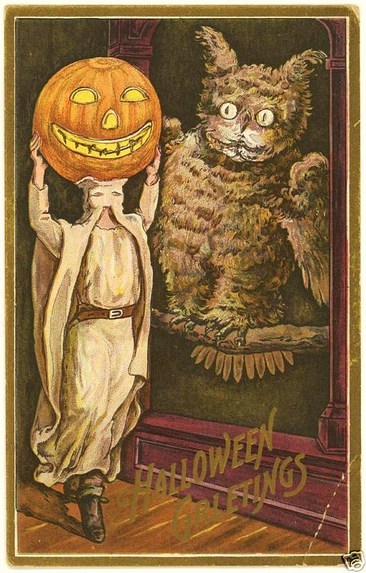

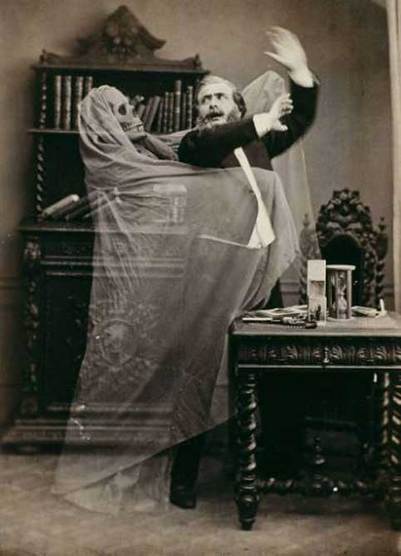
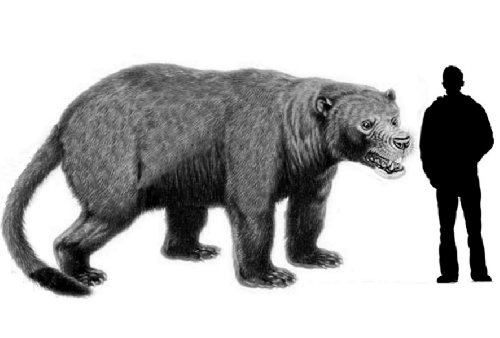
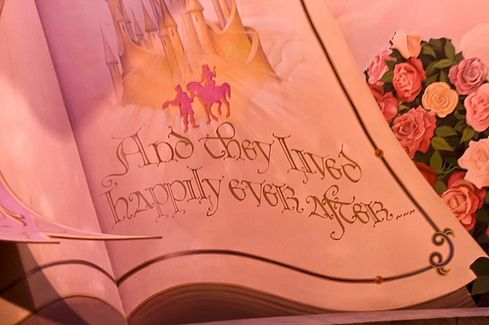
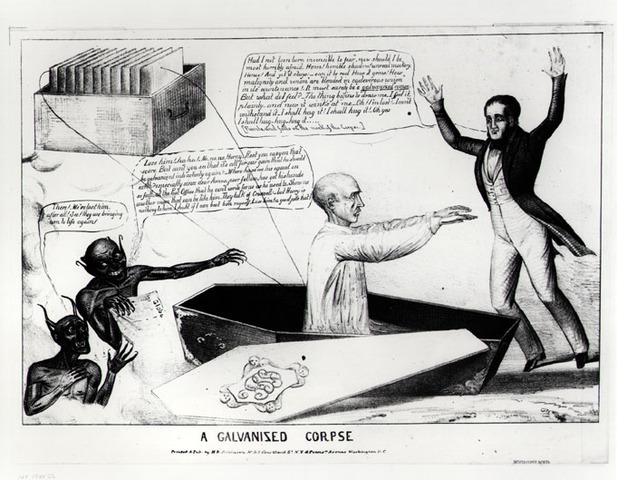
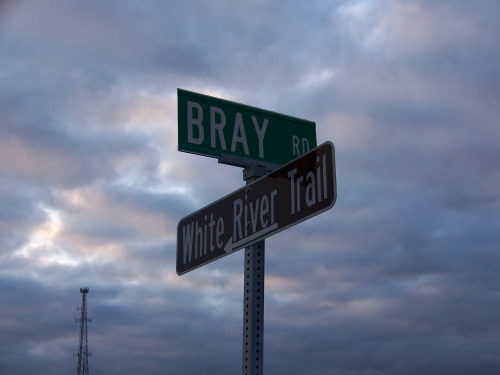

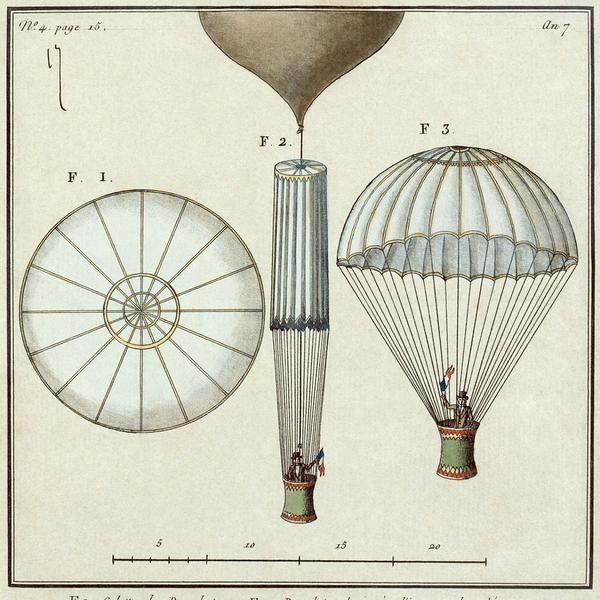
 RSS Feed
RSS Feed